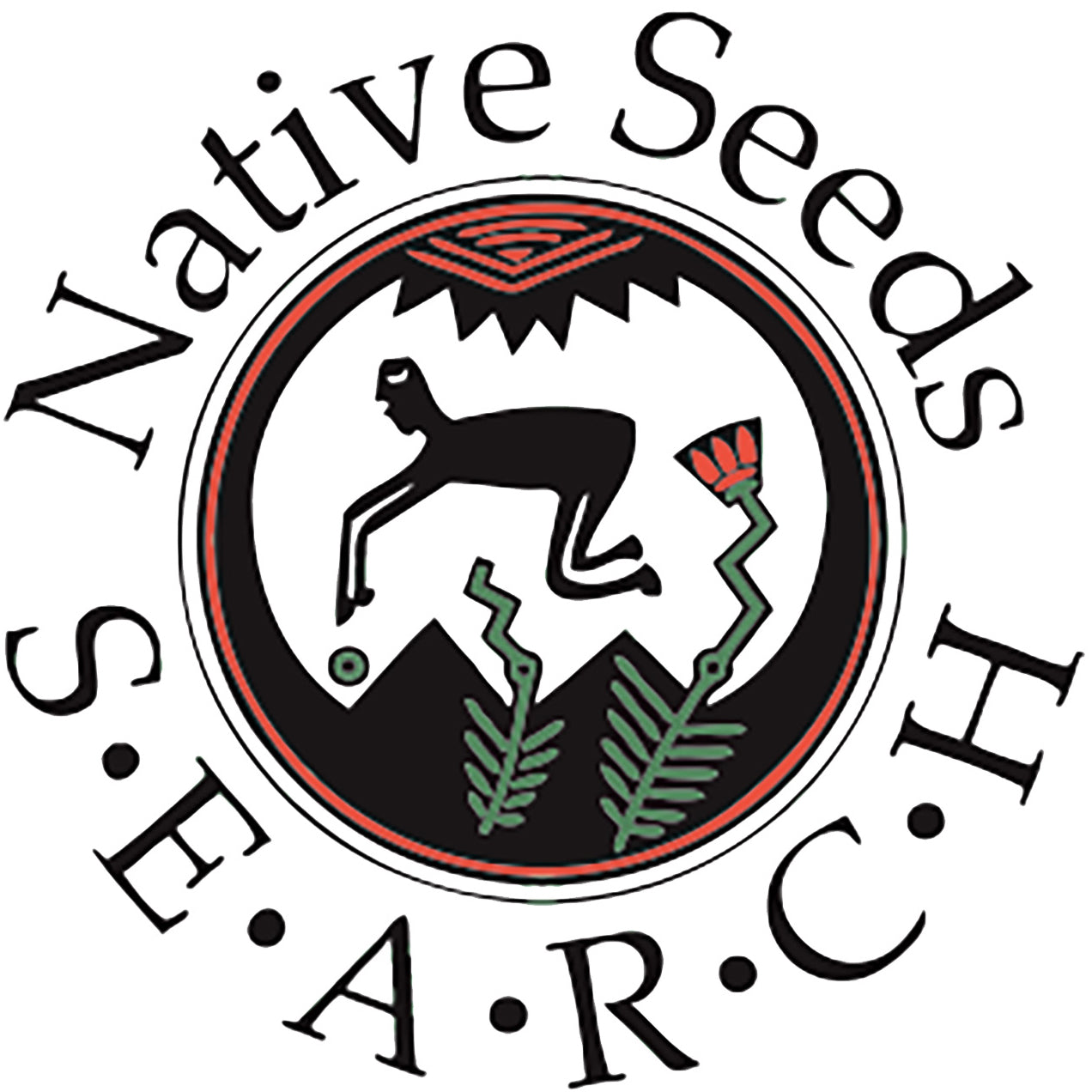
Our food has a story to tell. Whether purchased off a supermarket shelf or picked from a backyard garden, each morsel we eat carries with it a rich history that spans cultures and stretches back across centuries. At its essence, the story of our food crops is a tale of seeds—a Homeric odyssey chronicling the travels, travails, and transformations of these tiny flecks of life on their epic journeys from ancient fields to modern day forks.
Of course, they’ve had a little help from humans along the way. Over thousands of years, gardeners and farmers have carefully selected the best specimens of a season’s harvest (say, the sweetest or most frost-hardy carrots) and saved the seeds from those exemplary plants to sow again. Continued across generations, this process of seed saving created an astounding diversity of garden delights.
Today, however, this abundance is dwindling. Currently only nine plant species provide more than 75% of the world’s food and up to 96% of the crop varieties available in 1903 have vanished from use, a formula for crop failure and famine. Where once the adaptive strength of the seeds grew robust crops, now chemical fertilizers and pesticides wash over our food in ever-increasing amounts. Under an industrialized agriculture, the health of our seeds, our communities, and our planet is at risk.
It’s time for a new chapter in the story of seeds. By returning to seed saving traditions and regionally adapted crops, our food system can once again become resilient, healthy and sustainable. For over 30 years, the Tucson, Arizona-based nonprofit organization Native Seeds/SEARCH (NS/S) has been preserving a priceless collection of nearly 2,000 unique genetic lines of traditional southwestern crop seeds, many of which were developed by Native American communities. More than just providing food, they embody the spirit of entire cultures: songs and ceremonies, recipes and medicines, memories and identities. They are both seeds of the past, and our hope for the future.
In this column over the next year, we will be sharing the stories of some of the remarkable seeds in the NS/S collection, exploring their historical origins, culinary uses, cultural importance, medicinal properties, and so on. We begin with Hopi Red Dye amaranth, a variety acquired by NS/S in 1979 from the Hopi Reservation in northeastern Arizona. Amaranth is native to the Americas, and is believed to have been wild harvested before being domesticated around 4,000 BC in Mexico’s Tehuacan Valley. From there, it is said to have spread to the Southwestern United States via ancient trading routes.
Highly nutritious, amaranth has edible leaves and tiny seeds that can be popped or eaten as a grain. Known by the Hopi name komo, this red-hued variety is a key ingredient in the traditional Hopi piki bread, a crisp wafer rolled up and cooked on a thin stone slab. The pink flower bracts of komo are soaked in water overnight and mixed into cornmeal the following day to add a vibrant pink color to the dough. For the Hopi, piki wafers are associated with katsinas, the benevolent nature spirits who bestow blessings on the Tribe and their harvests. Katsinas give gifts of piki to Hopi children when they visit the pueblos and dance in the fields to bring in the monsoons.
Hopi Red Dye amaranth is an excellent crop for the arid Southwest and grows well in full sun. This trait may prove useful as well for regions around the world facing hotter and drier conditions due to climate change, a powerful example of the importance of traditional crops for the future. NS/S is proud to offer seeds for this traditional crop to assure its continued viability and usage for generations to come.
Purchase Hopi Red Dye amaranth seeds from the NS/S online store. Your dollars support our efforts to conserve, document and share this and hundreds more amazing varieties!
Native Seeds/SEARCH is excited to be a featured contributor in The Sun Runner – The Journal of the Real Desert. Over the next year, we will be sharing stories of the remarkable seeds in our collection exploring their unique cultural heritage, uses, and traditions. This blog is taken from our inaugural article and contains material researched and written by Danielle Johnson. Learn more about The Sun Runner on their website and Facebook.
